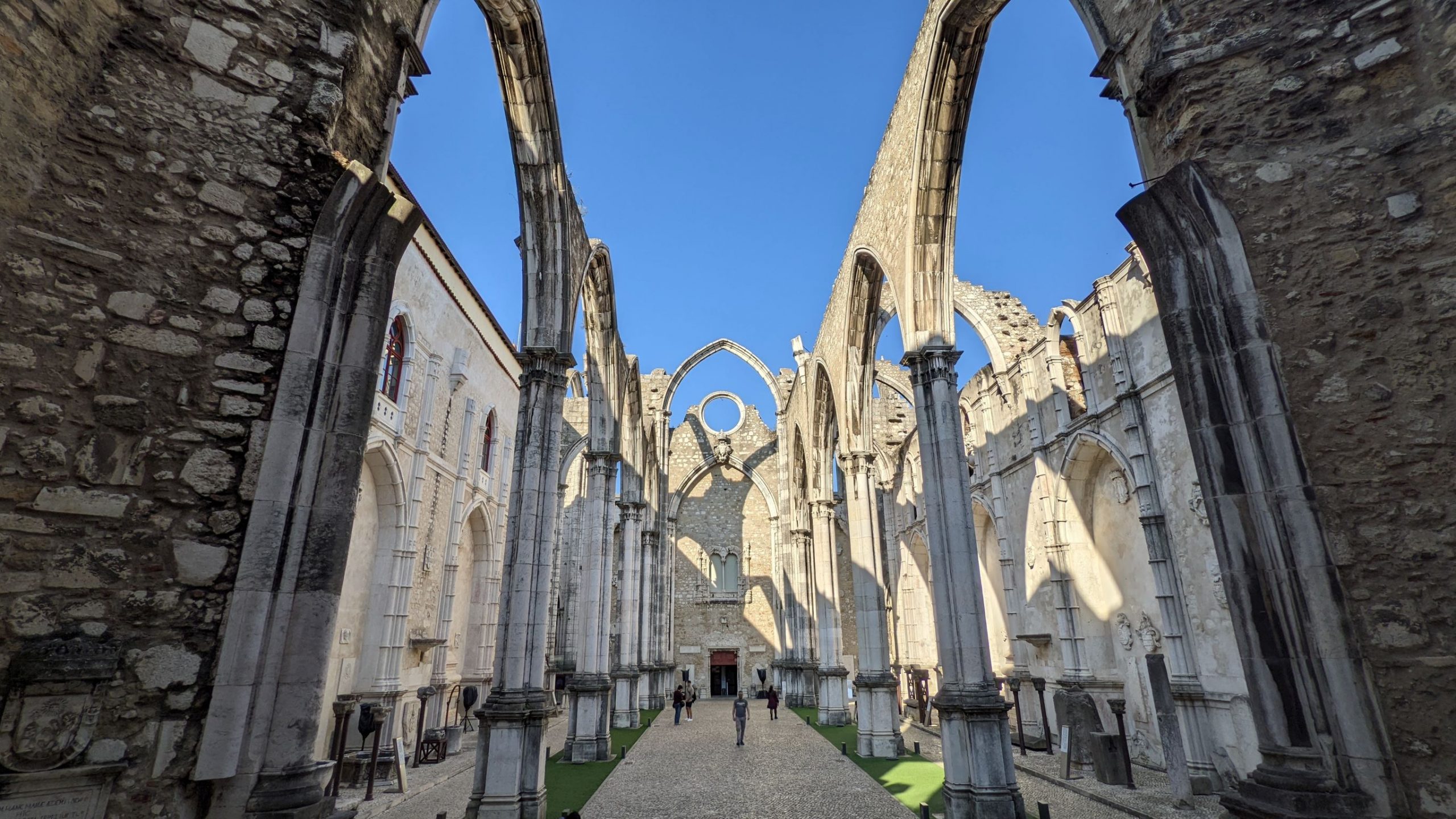November 1, the day of All Saints, at around 9:30 a.m., an earthquake struck Lisbon, burying thousands of people beneath collapsed buildings all across the city. Except it wasn’t today; it was 267 years ago, in 1755, and it wasn’t just an earthquake; it also triggered fires and a terrible tsunami.
Lisbon was destroyed, but something incredible emerged from the catastrophe.
At the time, Portugal was a cosmopolitan metropolis, the capital of a global colonial empire that stretched through Africa (Angola, Mozambique, and Cape Verde), Asia (Goa and Macau), and, of course, Latin America (Brazil).
Many of the residents were in churches, celebrating All Saints’ day, when the first of the three tremors happened, evaluated at 8, 5 and 9 on the Richter scale. The candles that had been lit for the holiday caused fires that spread with the wind and exceeded 1000 degrees Celsius.
But it didn’t finish there. The earthquake unleashed a terrible tsunami that stroke Lisbon’s ports an hour and a half later. Survivors from the initial tragedy were concentrated in Rossio’s square by the Tagus River when several meters of water dragged them to the sea, taking thousands of lives.
A new way of thinking
The Lisbon earthquake was a watershed moment in European history because it was the first time people questioned the causes and nature of natural disasters. The earthquake pushed God aside as people began considering these types of events as natural disasters.
Seismology, as the science is known today, can be said to have its roots in the incident that occurred on November 1, 1755.
The founding of this new school of sciences is widely credited to the Marquis of Pombal.
As the king’s right-hand man, he was given the job of rebuilding Lisbon.
Behind this reconstruction of Lisbon was Science.
The Marquis of Pombal made sure that wide avenues replaced the winding, narrow roads and that the spaces were big and aired in an effort to reduce mortality during future disasters and to facilitate evacuation and firefighting activities, which contributed to the Lisbon we all know and love today.
